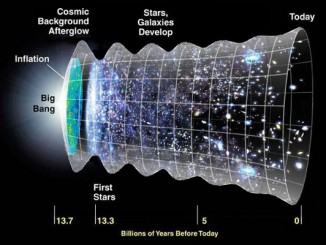
Type 1a supernovae

Picture This

News

News

News

News

Picture This

News

News








© 2019 Pole Star Publications Limited